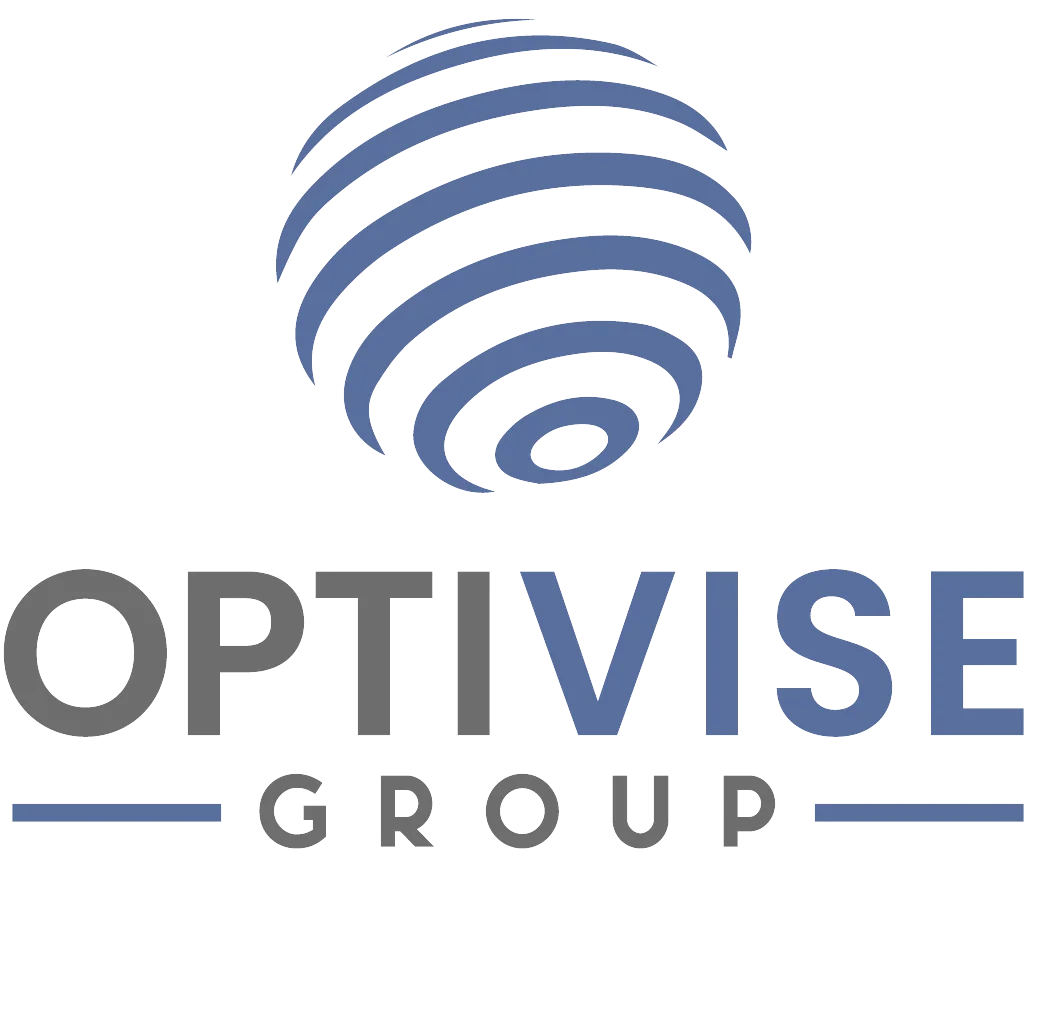Hiring skilled foreign workers can be a game-changer for Australian businesses facing local talent shortages. Two popular pathways for companies to bring in overseas talent are the 482 Temporary Skill Shortage visa and the 186 Employer Nominated Scheme visa. This guide will walk you through the steps to sponsor these visas, avoid common pitfalls, and make the process straightforward.
Step-by-Step Guide to Becoming an Accredited Sponsor
1. Prepare Your Business for Sponsorship
Before you can hire workers on a 482 or 186 visa, ensure your company fulfills these requirements:
- Have a Legitimate Business with an ABN
Your company should be legally established and actively operating in Australia. An Australian Business Number (ABN) is essential. - Demonstrate Your Commitment to Australians
Show evidence that your business invests in training and hiring local employees. For instance, demonstrate participation in workforce programs or apprenticeships that benefit Australians. - Establish Business Viability
The Department of Home Affairs may require proof of financial stability and your company’s positive economic contributions. Be ready with financial reports and an overview of your operations.
2. Apply for Standard Business Sponsorship (SBS)
To sponsor foreign workers, your first major step is obtaining Standard Business Sponsorship status.
- Register via ImmiAccount
Submit your SBS application on the ImmiAccount portal and pay the AUD 420 application fee. - Provide Supporting Documentation
Upload documents like financial records, corporate structure details, and contracts to demonstrate that your business genuinely needs international workers. - Complete Labour Market Testing (LMT)
Advertise the job for 28 consecutive days on at least two major platforms, such as Seek, Indeed, or Workforce Australia. The ad must include job details, required skills, and salary information (if below AUD 96,400, display a salary range). This demonstrates you first tried to hire locally. - Agree to Sponsorship Obligations
Commit to legal responsibilities, such as keeping payroll records, notifying the government of business or employee changes, and covering repatriation costs if employment ends early.
3. Become an Accredited Sponsor
Once you’ve maintained compliance under SBS for a year, you can apply for Accredited Sponsor status.
Benefits of Accreditation:
- Faster Approvals: Visa nomination processing is prioritized.
- Eligibility for Fast-Tracking: Trusted businesses like Australian Trusted Traders can skip the typical 12-month wait.
Accreditation Eligibility Depends on Factors Like:
- Consistent training investments.
- Successful sponsorship of high-demand occupations.
Accreditation demonstrates your business’s compliance history and efficiency in handling applications.
4. Understand the Financial Obligations
Sponsoring employees involves certain costs. Be prepared to pay the following:
482 Visa Nomination Costs:
- Application fee per worker is AUD 330.
- Visa fees and other charges apply.
Skilling Australians Fund (SAF) Levy:
- AUD 1,200 per employee per year for small businesses.
- AUD 1,800 per employee per year for larger businesses with turnover exceeding AUD 10 million.
186 Visa Costs:
- One-time SAF levy of AUD 3,000 for small businesses or AUD 5,000 for large businesses.
Properly managing these costs and sponsorship obligations is crucial to remaining compliant and retaining your sponsorship status.
Common Sponsorship Pitfalls and How to Avoid Them
1. Submitting Incorrect or Incomplete Applications
Many applications fail due to missing paperwork, outdated contact details, or incomplete financial information.
Solution: Double-check all forms and documentation before submitting your application. When in doubt, seek assistance from migration consultants to review your paperwork.
2. Improper Labour Market Testing (LMT)
Skipping essential LMT steps or omitting critical details (like salary or job duration) can invalidate your application.
Solution: Publish job ads on approved platforms and save screenshots or records of the job ads as proof. Make sure listings are consistent with your nomination details.
3. Offering Insufficient Salaries
Failure to meet the Temporary Skilled Migration Income Threshold (TSMIT) of AUD 73,150 (for 2024–25) is a common reason for refusals.
Solution: Ensure salaries meet or exceed TSMIT and align with the market rate for your industry and role. Be upfront in job ads about the salary range.
4. Using the Wrong Occupation Codes
Nominating an occupation not listed on the Skilled Occupation List or misclassifying the job can lead to your application being denied.
Solution: Work with a migration expert to correctly align job duties with an occupation code.
5. Failing to Comply with Sponsorship Obligations
Neglecting record-keeping, worker updates, or changes to business details can jeopardize compliance.
Solution: Set up internal systems to monitor obligations, such as payroll processes and regular record audits. Notify Home Affairs promptly of any changes.
Transitioning Employees from 482 to 186 Visas
Retaining skilled workers long-term often involves transitioning them to a 186 Employer Nominated Scheme visa, which provides permanent residency.
Two Pathways for a 186 Visa:
- Temporary Residence Transition (TRT) Stream
- Workers must have completed 2 years of full-time employment in the same role under a 482 visa.
- No skills assessment required for eligible employees.
- Direct Entry (DE) Stream
- Workers need a positive skills assessment and at least 3 years of experience in the field.
- The position must appear on the Medium- and Long-Term Strategic Skills List (MLTSSL).
Plan timelines carefully, as 186 visa processing often takes 14-17 months.
Recruiting Overseas Talent for 482 Visa Sponsorship
Finding the right overseas candidates requires a strategic approach. Follow these steps to connect with top global talent:
- Optimize Job Ads: Clearly mention visa sponsorship availability and include specific job requirements. Use phrases like “482 visa sponsorship available” for visibility.
- Advertise Widely: Use platforms like Seek and LinkedIn alongside professional forums or industry-specific websites.
- Partner with Migration Experts: Collaborate with recruitment agencies or migration advisors to source qualified candidates.
- Provide Relocation Assistance: Support relocation costs, visa applications, and temporary accommodation to attract candidates.
Choosing Between 482 and 186 Visas
482 Visa (Temporary Skill Shortage)
- Duration: 2 to 4 years.
- Best For: Short- to medium-term roles with immediate staffing gaps.
- Costs: Lower upfront costs but requires renewals.
186 Visa (Employer Nominated Scheme)
- Duration: Permanent residency.
- Best For: Long-term positions where retention is crucial.
- Costs: Higher initial expenses with no renewals needed.
Pro Tip: Many businesses use a 482 visa for quick hires and transition the employee to a 186 visa later for permanent roles.
Final Thoughts
Sponsoring overseas talent through the 482 and 186 visa programs allows employers to fill critical skill gaps and build diverse, highly skilled teams. Staying compliant, planning costs effectively, and understanding eligibility criteria are key to success.
Start your sponsorship application today and pave the way to hiring exceptional, globally qualified talent!


